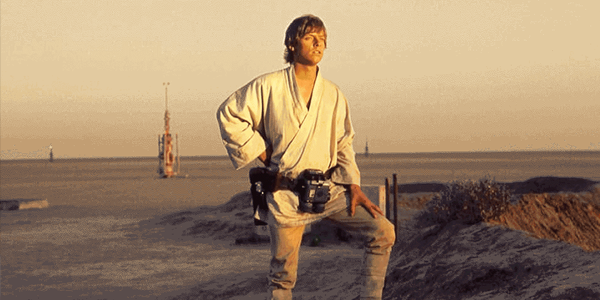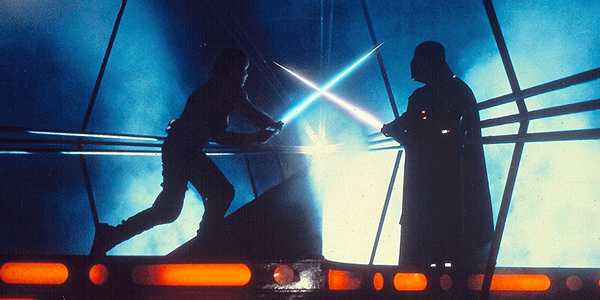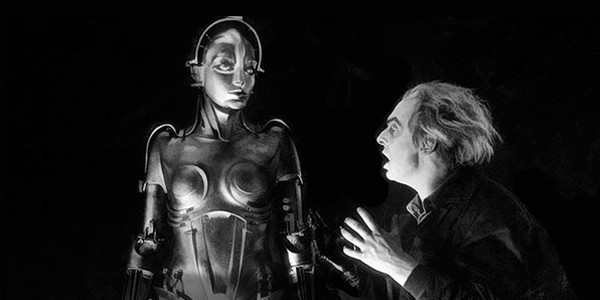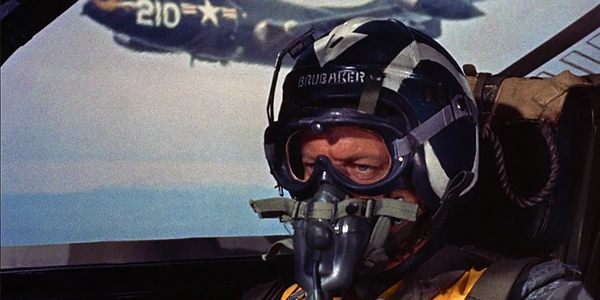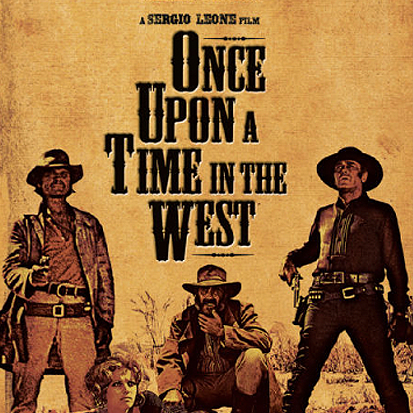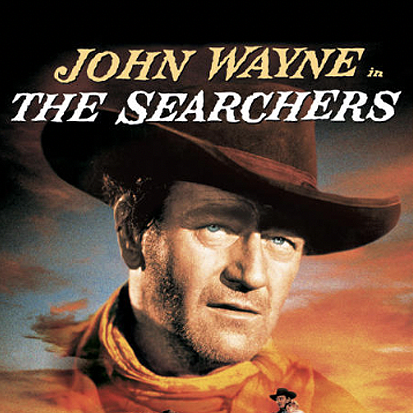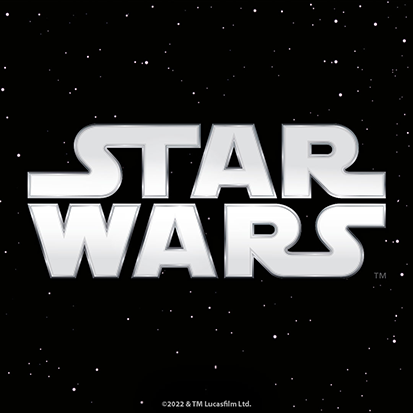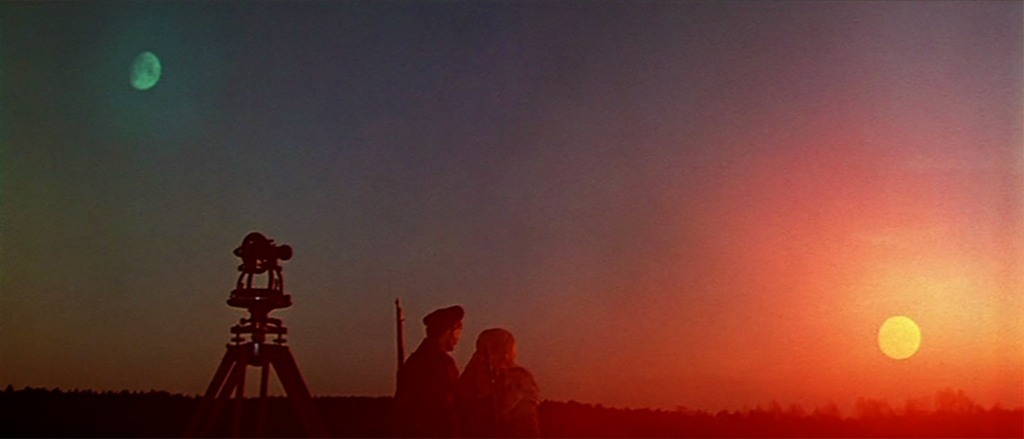
The Films That Made Star Wars, Pt. 2
Lucas leaned heavily on the work of a number of iconic directors to bring some weight to A New Hope
by Dennis Burger
September 24, 2020
Ask me to sum up the appeal of Star Wars as succinctly as possible, and I would have to describe it as the cinematic child of Akira Kurosawa and Sergio Leone dressed in Flash Gordon Underoos. As I mentioned in the Pt. 1, what would eventually become Star Wars began as George Lucas’s attempt to make a modern Flash Gordon film. And indeed, the serial adaptations of the 1930s and ’40s strongly influenced the structure and some of the aesthetic trappings of the film he eventually made.
But dig beneath the surface, and the movie we ended up with shares almost no meaningful DNA with those adventurous sci-fi serials. If you really want to understand what makes Star Wars tick, you have to ignore the ray-guns and robots and starships—or at least look past them. And when you do, what you’re left with is mostly the samurai and the cowboy.
Akira Kurosawa
Kurosawa’s influence on Lucas has been so thoroughly discussed and dissected by this point that I have little to add. But if, for whatever reason you’ve never explored the connection for yourself, you’re in for a treat. Start with 1958’s The Hidden Fortress (aka Kakushi toride no san akunin or The Three Villains of the Hidden Fortress).
You’ll notice some superficial similarities, especially Kurosawa’s heavy use of wipe transitions, which Lucas employed liberally in Star Wars. But after just a few minutes’ worth of viewing, you should start seeing deeper parallels. There’s the fact that the peasants Tahei and Matashichi map nearly perfectly to Artoo and Threepio, in personality as well as their relationship to the other characters and their roles as catalysts of the plot. Kurosawa’s film also features a battle-weary general who becomes wrapped up in a rebellion led by a princess. Even the overall story beats for both films follow a very similar structure. When you get right down to it, Star Wars is effectively a remake of The Hidden Fortress, something Lucas himself has admitted to on several occasions.
But Kurosawa’s influence can’t be limited to one film. You should also check out 1961’s Yojimbo, which provides definitive proof that Lucas was directly inspired by Kurosawa, and not merely Kurosawa by way of Leone. If you don’t understand the distinction, it helps to know that Leone’s A Fistful of Dollars was such a blatant ripoff of Yojimbo that Kurosawa sued.
But there’s one distinctive element of Yojimbo that Leone didn’t pilfer, but which made its way into Lucas’s movie. Check out the first fight in the film. Imagine Toshirô Mifune wearing Jedi garb instead of samurai robes, and holding a lightsaber instead of a katana. (That shouldn’t be too difficult, since Lucas actually wrote the role of Obi-wan Kenobi for Mifune, and only asked Sir Alec Guinness to play the part after Mifune turned him down.) Now imagine the scene as a gloomy cantina instead of a dusty street. What you’ll notice is that the fight plays out strikingly similarly to the cantina brawl in Star Wars, complete with the severed-limb gag that would appear in practically all of Lucas’s Star Wars films.
It wasn’t merely Kurosawa’s samurai epics that inspired Lucas, though. You should also check out 1975’s Dersu Uzala, a Soviet/Japanese collaboration about a Nanai trapper and hunter by the same name. Noteworthy for being Kurosawa’s only 70mm film, it came out not long before Lucas began filming A New Hope, and you can see visual influences throughout.
Perhaps the most striking involves a scene in which the two main characters look out over a horizon that includes both the setting sun and the rising moon. You can catch a glimpse of the scene about a minute into the film’s trailer, although the visuals there don’t do it justice. Unfortunately, the only way I know of watching Dersu Uzala, short of buying a disc, is on The Criterion Channel, but since that streaming service is also home to many of Kurosawa’s classic films, it may be worth signing up for a 14-day trial if you don’t want to buy them on Blu-ray.
Sergio Leone
When I said Lucas was influenced directly by Kurosawa and not merely Kurosawa by way of Leone, I didn’t mean to imply Sergio himself didn’t also have some measurable impact on Lucas’s style. The look of Tatooine, the desert planet on which Luke Skywalker grew up, certainly owes a lot to the aesthetics of A Fistful of Dollars, For a Few Dollars More, and The Good, the Bad, and the Ugly, not only in its landscape but also in its architecture.
But a much bigger influence on the overall visual style of Star Wars comes from 1969’s Once Upon a Time in the West. And it’s not so much the scenery that rings familiar here; it’s more the movement of the camera, as well as the characters. Watch the scene in which Frank, the villain played by Henry Fonda, strides his way into the film, flanked by his flunkies, silently strutting and letting his boots and cloak do all the talking.
Compare this to Darth Vader’s first appearance onscreen, and you can see that while Lucas wasn’t necessarily quoting Leone, he was definitely paraphrasing him. The instant you see Frank and Vader, you know they’re the baddies of the picture. You know they’re evil to the core without a hint of mustache-twirling or monologuing.
Once Upon a Time in the West has been remastered in 4K, but whether or not any of the supposed 4K releases online come from this remaster is up for debate. Until it’s officially released in UHD HDR, the best way to view the film is via Kaleidescape. You can also buy or rent it via most major digital movie retailers, and it’s currently streaming for free on Paramount+.
John Ford
While you’re in a western mood, I would also recommend checking out The Searchers. The films of John Ford certainly had an influence on Lucas’s cinematic sensibilities, but none influenced Star Wars quite so much as this one. As with Leone’s westerns, the desert landscapes here can be seen echoing all throughout the Jundland Wastes in A New Hope, but there’s one unforgettable scene Lucas would pretty much lift straight out of Ford’s film and paste into his own. It’s the one in which John Wayne comes home to find his brother’s ranch in flames and his relatives slaughtered.
David Lean
Tired of westerns but still itching to dig into Lucas’s desert inspiration for Star Wars? Look no farther than David Lean’s epic Lawrence of Arabia. So much of that film’s style can be seen reflected in the work of Star Wars cinematographer Gil Taylor, but as the official Star Wars website points out, there were also a number of scenes in Lawrence that were practically traced in Star Wars:
Many moves from David Lean’s epic were cribbed for sequences on Tatooine. The shot of Mos Eisley from the distance as Luke and Obi-Wan look from on high reminds one instantly of shots looking down at Damascus. Shots of Tusken snipers looking down at speeders moving below echo the same sorts of shots in Lawrence of Arabia.
Unfortunately, the best way to view Lawrence of Arabia is still on disc, as part of the Columbia Classics 4K Ultra HD Collection, which also includes Mr. Smith Goes to Washington, Dr. Strangelove, Gandhi, A League of Their Own, and Jerry Maguire. Lean’s classic has not been released on UHD Blu-ray on its own, and the digital releases of the film all lack the Dolby Vision HDR version featured in this collection. If, for whatever reason, you’re not interested in HDR, your next-best bet is Kaleidescape‘s UHD release of the film.
Dennis Burger is an avid Star Wars scholar, Tolkien fanatic, and Corvette enthusiast who somehow also manages to find time for technological passions including high-end audio, home automation, and video gaming. He lives in the armpit of Alabama with his wife Bethany and their four-legged child Bruno, a 75-pound American Staffordshire Terrier who thinks he’s a Pomeranian.
© 2025 Cineluxe LLC


